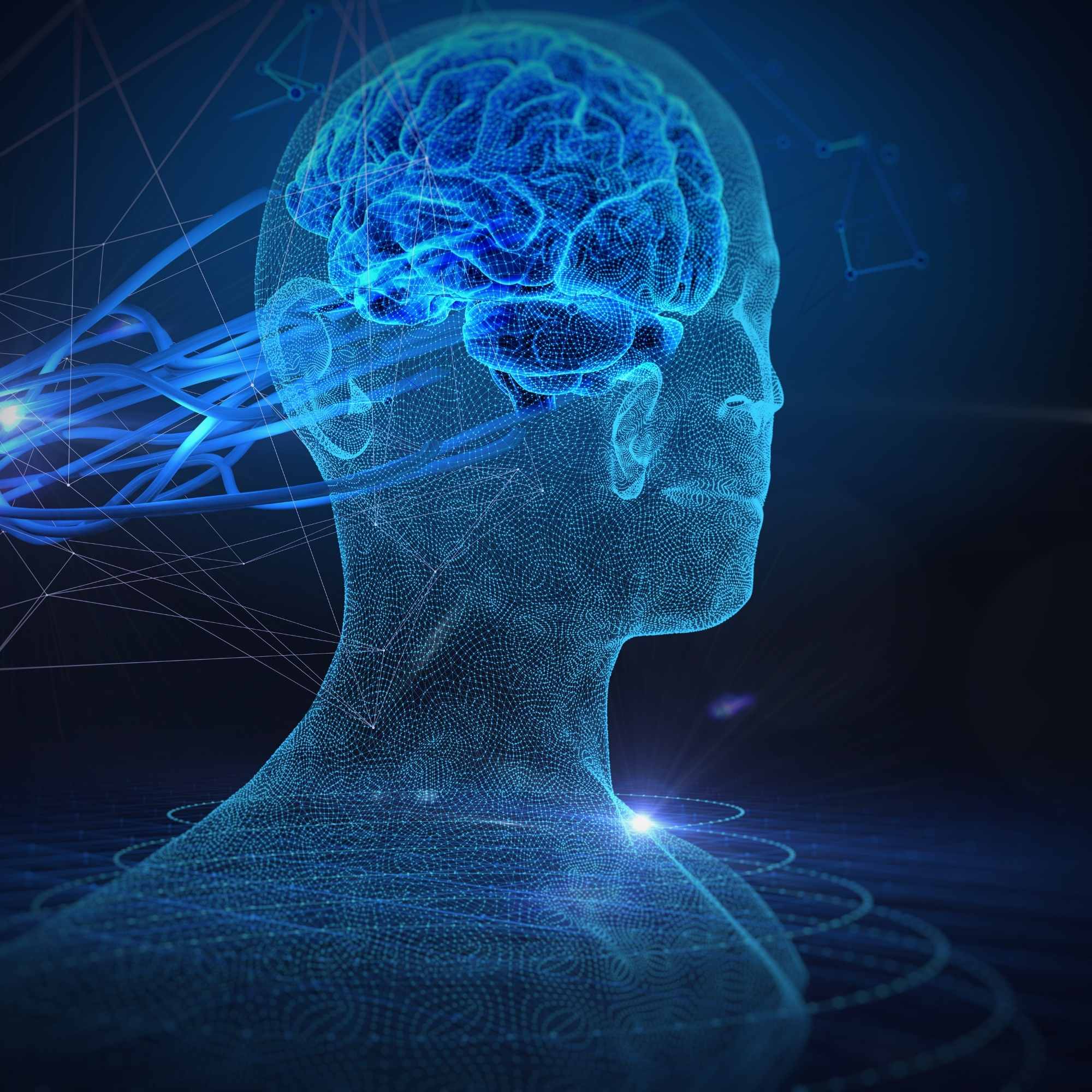Welcome to Module 4 of your Advanced Child and Brain Development (Neuroscience in Brain function)
In this module about neuroscience about brain structure and function, you’ll learn:
- How does the brain work?
- What are neuronal pathways, and why do they matter?
- What are long-chain PUFAs, and what’s their role in the brain?
- How do neurons talk to each other?
- What are neurotransmitters, and what are they made of?
This module will provide you with fundamental concepts in neuroscience. Neuroscience is the scientific study of the nervous system, neural networks, and cognition. You’ll be gaining a better understanding of the child’s brain, its different areas, and how it develops. All of this will serve you as a solid grounding before moving onto your next modules, where we’ll dive even deeper into the various nutritional influences.
You will find that this module contains new technical concepts, which will give you a foundation for future lessons. Take your time to go through it, and use Wikipedia where you are not familiar with a term.
1. Building a human brain
Here is what you will learn in this module:
- Main brain areas
- Feature of new-borns brain
- Building a human brain
- Essential fats for an essential brain
- Long-chain PUFAs for a growing brain
- Fatty Acid Definitions
- Fuel fats vs structural fats: Omega 3 fatty acids, Omega 6 fatty acids, Omega 9 fatty acids.
- The Initial Differentiation of Neurons and Glia.Purves et al., 2001. Neuroscience. 2nd
- Changes in brain weights during the span of human life: relation of brain weights to body heights and body weights.Dekaban, 1978. Annals of Neurology.
2. Understanding how the brain works
Here is what you will learn in this module:
- The speedy birth of neurons
- Neurons ship messages in the brain
- A wired brain
- How neurons talk to each other
- Hard-wiring neuronal pathways
- A brain that restructures itself
- Messages that travel
- Zooming into a chemical synapse
SUMMARY
After completing this step, you will understand how neurons talk to each other, either via chemical signals (neurotransmitters) or electrical impulses. It first provides the example of the neurotransmitter dopamine to illustrate how this works. We’ll look at neural pathways in more detail during your next step.
The birth of new neurons and brain plasticity take place at their highest rate during early childhood, but it also continues throughout our lifetime. Our human brain has a remarkable ability to change and adapt and even rewire itself. Some essential principles of neuroscience and the current thinking regarding brain fitness.
Not sure about this?
I would never like you to be unsatisfied. If you find this course is not for you in the end. Don’t worry. A full refund is possible within 30 Days!
(just let me know that you want your money back at: info@childhealthcreation.com)



Reviews
There are no reviews yet.